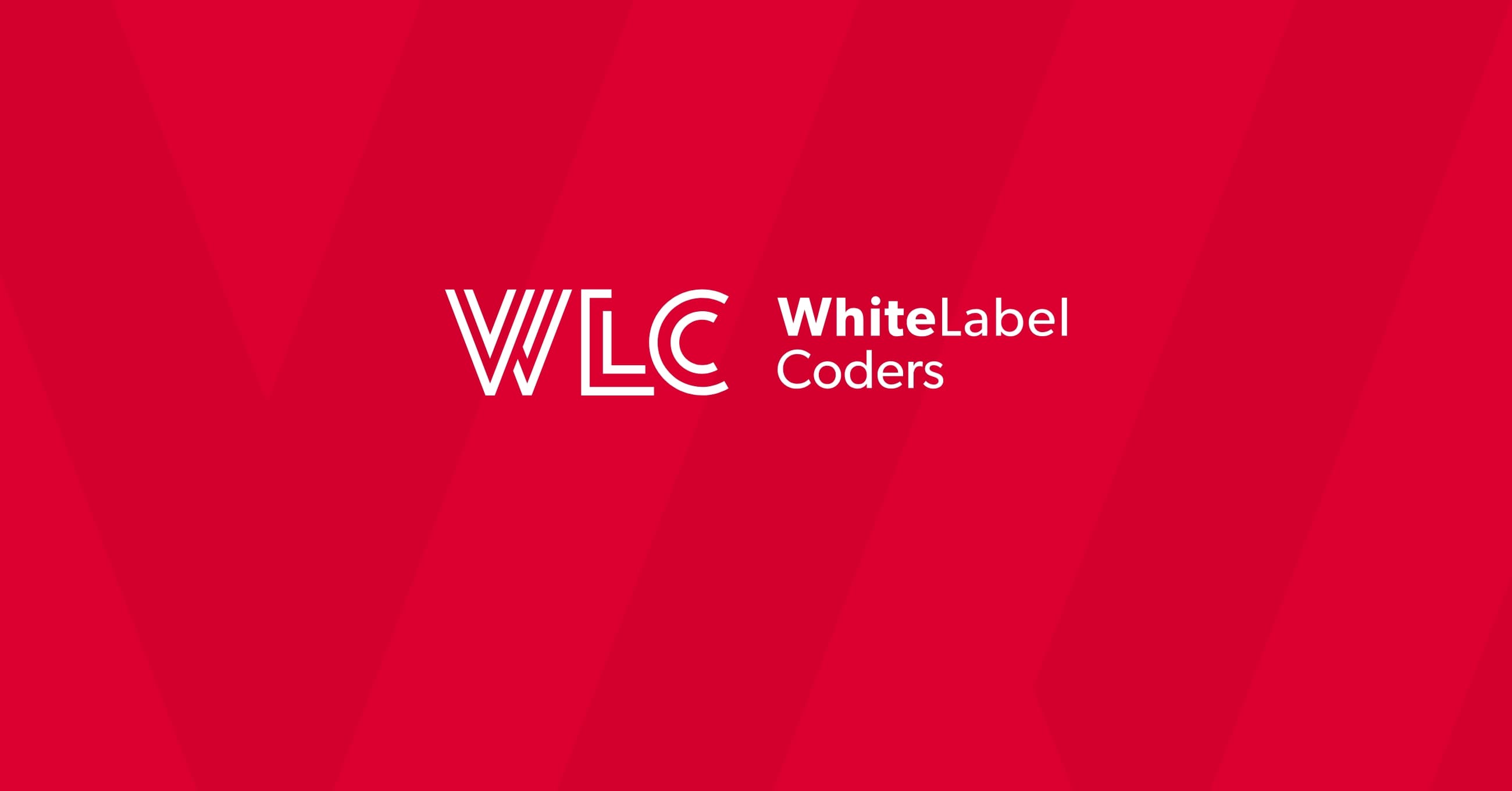Category: WooCommerce
What is the best multi currency for WooCommerce?

The best multi-currency solution for WooCommerce depends on your specific business needs, but WooCommerce Payments stands out as the top choice for most stores due to its seamless integration, automatic exchange rate updates, and zero additional plugin requirements. For more complex requirements, Aelia Currency Switcher offers advanced customization options, while WPML with WooCommerce Multilingual provides excellent multi-currency functionality alongside language translation capabilities. Your ideal solution should balance features, performance impact, and compatibility with your payment gateways.
Understanding multi-currency solutions for WooCommerce
Multi-currency functionality enables your WooCommerce store to display prices and accept payments in different currencies, creating a localized shopping experience for international customers. This capability is essential for global e-commerce as it removes a significant friction point in the purchasing process.
When shoppers see prices in their local currency, they can make immediate purchase decisions without mental currency conversion calculations. This familiarity dramatically improves customer experience and builds trust in your brand.
According to market research, displaying prices in a customer’s native currency can increase conversion rates by up to 30%. For businesses looking to expand internationally, implementing a robust multi-currency solution is not merely a convenience—it’s a strategic necessity that directly impacts your bottom line.
Multi-currency functionality also helps with price perception. A properly localized price point (like £9.99 instead of $13.46) appears more intentional and professional to your international visitors, enhancing your store’s credibility in global markets.
What are the top multi-currency plugins for WooCommerce?
The WooCommerce ecosystem offers several excellent multi-currency solutions, each with unique strengths. Here’s a breakdown of the leading options to help you make an informed decision for your online store.
| Plugin | Key Features | Best For |
|---|---|---|
| WooCommerce Payments | Built-in multi-currency support, automatic exchange rates, no additional plugins required | Stores seeking simplicity and native integration |
| Currency Switcher for WooCommerce (WOOCS) | Unlimited currencies, customizable symbols, widget-ready currency selector | Budget-conscious merchants needing basic functionality |
| Aelia Currency Switcher | Advanced pricing rules, tax handling, compatibility with subscriptions | Complex stores with sophisticated pricing strategies |
| WPML with WooCommerce Multilingual | Combined language and currency switching, full translation capabilities | Multilingual stores targeting diverse markets |
WooCommerce Payments offers the most seamless integration as it’s developed by the WooCommerce team themselves. It eliminates the need for third-party plugins while providing essential currency switching features. For stores already using Stripe as their payment processor, this solution offers the smoothest experience.
Currency Switcher for WooCommerce (WOOCS) provides excellent value with its wide range of features at a reasonable price point. It’s particularly popular for its user-friendly interface and compatibility with most WooCommerce themes.
For businesses with complex pricing needs, Aelia Currency Switcher’s WooCommerce development capabilities shine through its advanced rules engine. This allows for sophisticated pricing strategies across different markets.
If your international strategy includes multiple languages alongside currencies, WPML with WooCommerce Multilingual provides a comprehensive solution that handles both aspects effectively.
How do multi-currency plugins work with WooCommerce?
Multi-currency plugins integrate with WooCommerce by adding a layer of currency management functionality to your store’s core system. They operate through a combination of currency conversion, display modifications, and checkout process integration.
At the technical level, these plugins typically store your product prices in a base currency (usually your store’s default currency) and then calculate and display converted prices using current exchange rates. The conversion process happens in real-time when a visitor browses your store.
Most plugins use one of these methods for exchange rate updates:
- Automatic updates from external APIs (like European Central Bank or Open Exchange Rates)
- Manual rate settings that you control
- A combination of both, with automatic updates and manual override capabilities
During the shopping experience, the plugin detects the customer’s location (typically via IP address or browser settings) and automatically displays prices in the appropriate currency. Alternatively, customers can manually select their preferred currency using a switcher widget placed in your store’s header, footer, or sidebar.
At checkout, the plugin ensures the selected currency is properly passed to your payment gateway. Some payment processors handle multiple currencies natively, while others convert back to your store’s base currency during processing.
The most sophisticated WooCommerce development solutions also handle currency-specific tax calculations, shipping costs, and discount rules to provide a truly localized shopping experience.
What features should you look for in a WooCommerce multi-currency solution?
When evaluating multi-currency plugins for your WooCommerce store, certain features are essential for creating a seamless international shopping experience. The right solution should balance functionality, user experience, and technical performance.
Automatic exchange rate updates should be your top priority. Manual updates are time-consuming and prone to error, while automatic updates ensure your prices always reflect current market rates. Look for solutions that connect to reliable exchange rate APIs with customizable update frequencies.
Currency symbol customization allows you to display prices exactly as customers expect to see them in their local markets. This includes proper placement of the symbol (before or after the amount), thousand separators, and decimal points according to regional conventions.
Consider these additional must-have features:
- Base currency flexibility – ability to set different base currencies for different products
- Geolocation detection – automatic currency switching based on customer location
- Price rounding rules – customizable rounding to create psychologically appealing prices
- Tax handling – proper calculation of taxes based on displayed currency
- Payment gateway compatibility – seamless integration with your existing payment processors
- Reporting capabilities – financial reports that properly account for multiple currencies
The most advanced solutions also offer price adjustment options that let you set specific markup or discount percentages for each currency, rather than using straight conversion rates. This flexibility is invaluable for adapting to competitive conditions in different markets.
Finally, ensure the plugin provides an intuitive currency switcher that can be easily positioned on your store using widgets, shortcodes, or hooks. The switcher should be mobile-responsive and visually consistent with your store’s design.
How does multi-currency affect WooCommerce performance?
Multi-currency functionality can impact your WooCommerce store’s performance in several ways, though modern plugins are designed to minimize these effects. Understanding the potential performance implications helps you implement solutions that keep your store running smoothly.
The primary performance consideration is the additional database queries required to display converted prices. Each time a product page loads, the plugin must retrieve the base price, apply the current exchange rate, and potentially apply currency-specific rules. This creates extra processing overhead compared to a single-currency store.
To mitigate performance impacts, consider these optimization strategies:
- Implement a robust caching solution to store converted prices
- Choose plugins that use efficient database structures
- Limit the number of active currencies to those you genuinely need
- Use a quality hosting provider with sufficient resources
- Optimize your WooCommerce store’s overall performance first
The database size will increase as multi-currency plugins store additional data for each product and order. This typically isn’t significant for small to medium-sized stores but could become noticeable for large catalogs with many currencies.
Some plugins may also make additional external API calls to update exchange rates, which can briefly impact performance during these updates. Schedule these updates during off-peak hours to minimize customer impact.
Working with an experienced WooCommerce development team can help ensure your multi-currency implementation is optimized for performance while still delivering all the functionality your international customers need.
Which multi-currency solution is best for small vs. large WooCommerce stores?
The ideal multi-currency solution varies significantly based on your store’s size, transaction volume, and growth trajectory. Small businesses have different priorities than enterprise-level operations when it comes to balancing features against cost and complexity.
| Store Size | Recommended Solution | Why It’s Suitable |
|---|---|---|
| Small Stores(500-5,000 products) | Aelia Currency Switcher | Balance of advanced features and performance, good scaling capabilities |
| Large Stores(5,000+ products) | Aelia Currency Switcher or Custom Solution | Enterprise-grade performance, advanced customization options, comprehensive reporting |
For small businesses just beginning international expansion, WooCommerce Payments offers the quickest path to multi-currency functionality without additional plugin costs. Its native integration with WooCommerce core ensures compatibility and reduces technical overhead.
Medium-sized stores benefit from more sophisticated solutions like Aelia Currency Switcher, which provides advanced pricing rules and better handles complex product variations. The additional investment pays off through improved conversion rates and more precise control over international pricing strategies.
Large enterprise stores often require custom development to integrate multi-currency functionality with their existing ERP systems, inventory management, and complex pricing structures. The investment in a tailored solution ensures seamless operation at scale and accommodates unique business workflows.
Regardless of store size, consider your growth trajectory. If you’re planning significant expansion, it may be worth investing in a more robust solution initially to avoid migration headaches later. Consulting with experienced WooCommerce specialists can help you evaluate the long-term implications of different multi-currency approaches for your specific business model.
Key takeaways for choosing the right WooCommerce multi-currency solution
Selecting the optimal multi-currency solution for your WooCommerce store requires balancing several factors to ensure it meets both your current needs and future growth plans. Here are the essential considerations to guide your decision-making process.
First, assess your business requirements thoroughly. Consider which markets you’re targeting, how many currencies you need to support, and whether you require automatic or manual exchange rate management. Understanding these fundamental needs will narrow down your options considerably.
Technical compatibility is non-negotiable. Ensure your chosen solution works well with:
- Your current WooCommerce version
- Your theme and other essential plugins
- Your preferred payment gateways
- Any subscription or membership functionality you use
Budget considerations should include not just the initial purchase cost but ongoing license fees and potential development expenses for customization. The right solution offers good value but doesn’t compromise on essential features your customers expect.
Implementation timeline is another critical factor. Some plugins offer quick setup with minimal configuration, while others require more extensive customization to achieve optimal results. Be realistic about your team’s technical capabilities and available resources.
For most WooCommerce stores, WooCommerce Payments offers the best balance of features, performance, and ease of implementation. Its native integration with the WooCommerce ecosystem ensures reliable operation and regular updates. For stores with more specific requirements, Aelia Currency Switcher provides advanced customization options that can be tailored to unique business models.
Remember that the success of your multi-currency implementation depends not just on the plugin itself but on your overall WooCommerce development approach. Consider working with experienced developers who understand both the technical aspects and business implications of international e-commerce.
By carefully evaluating these factors and selecting a solution aligned with your specific business goals, you’ll create a seamless international shopping experience that helps convert browsers into buyers across global markets.

